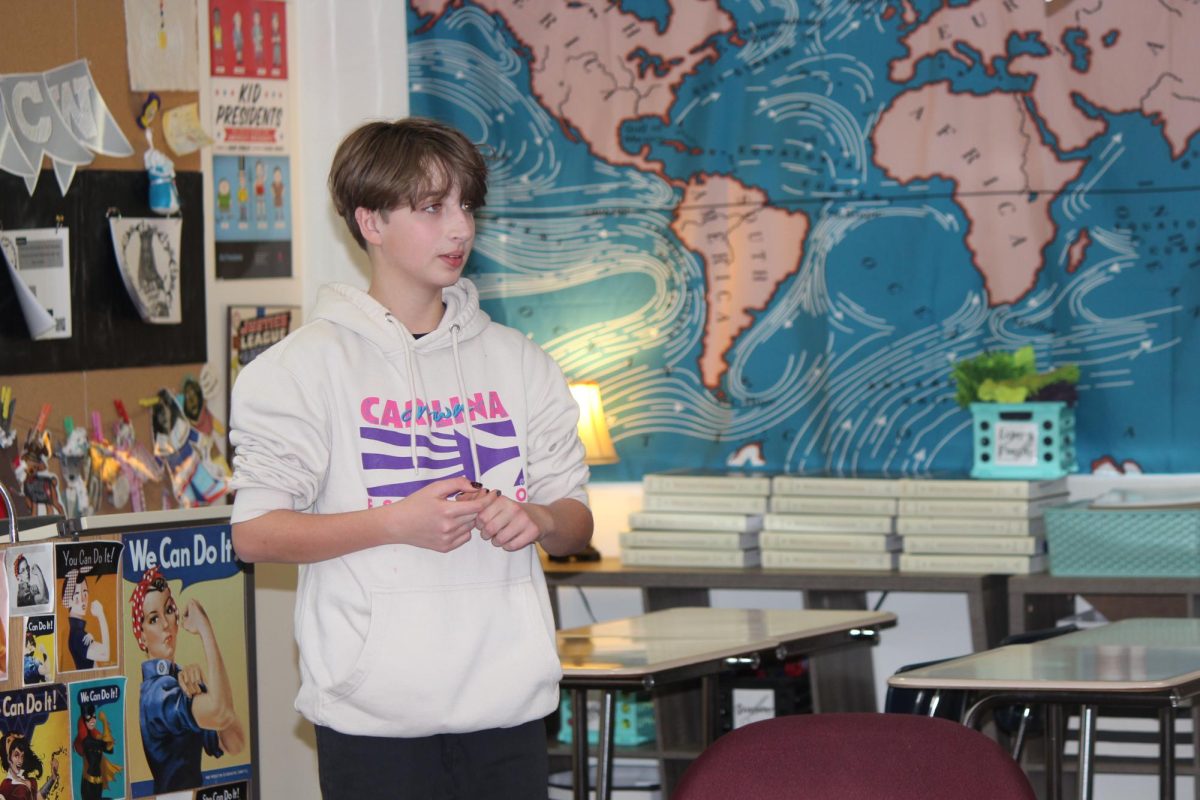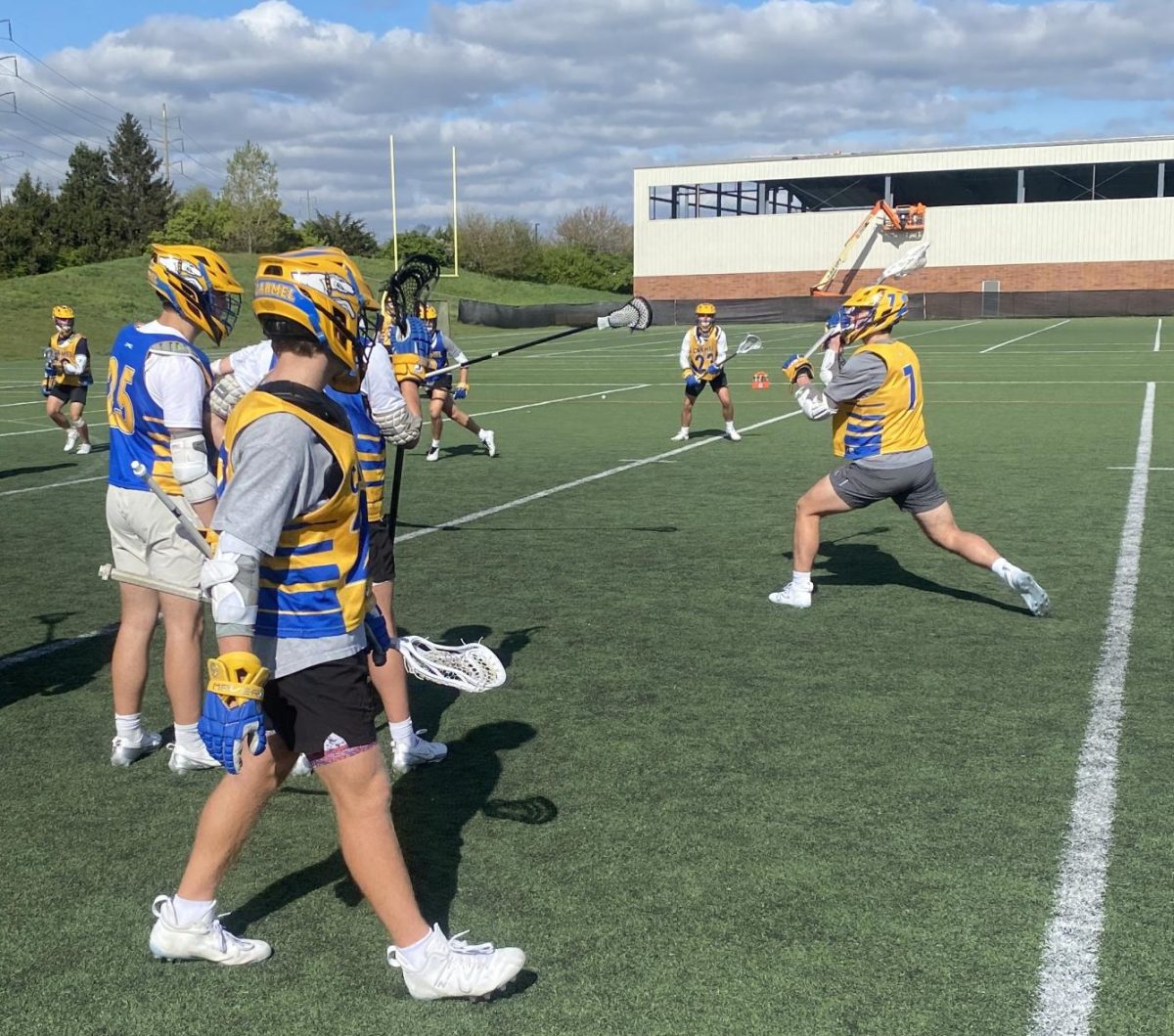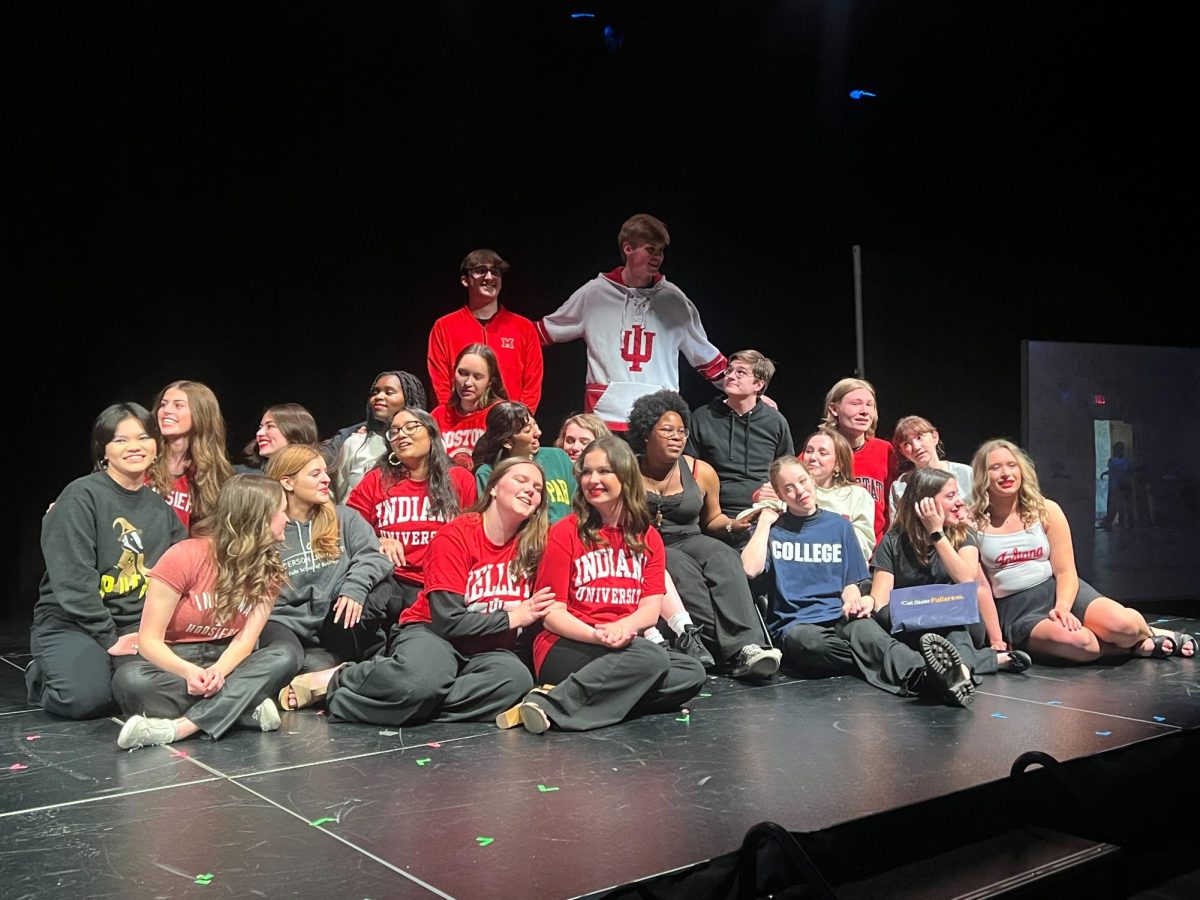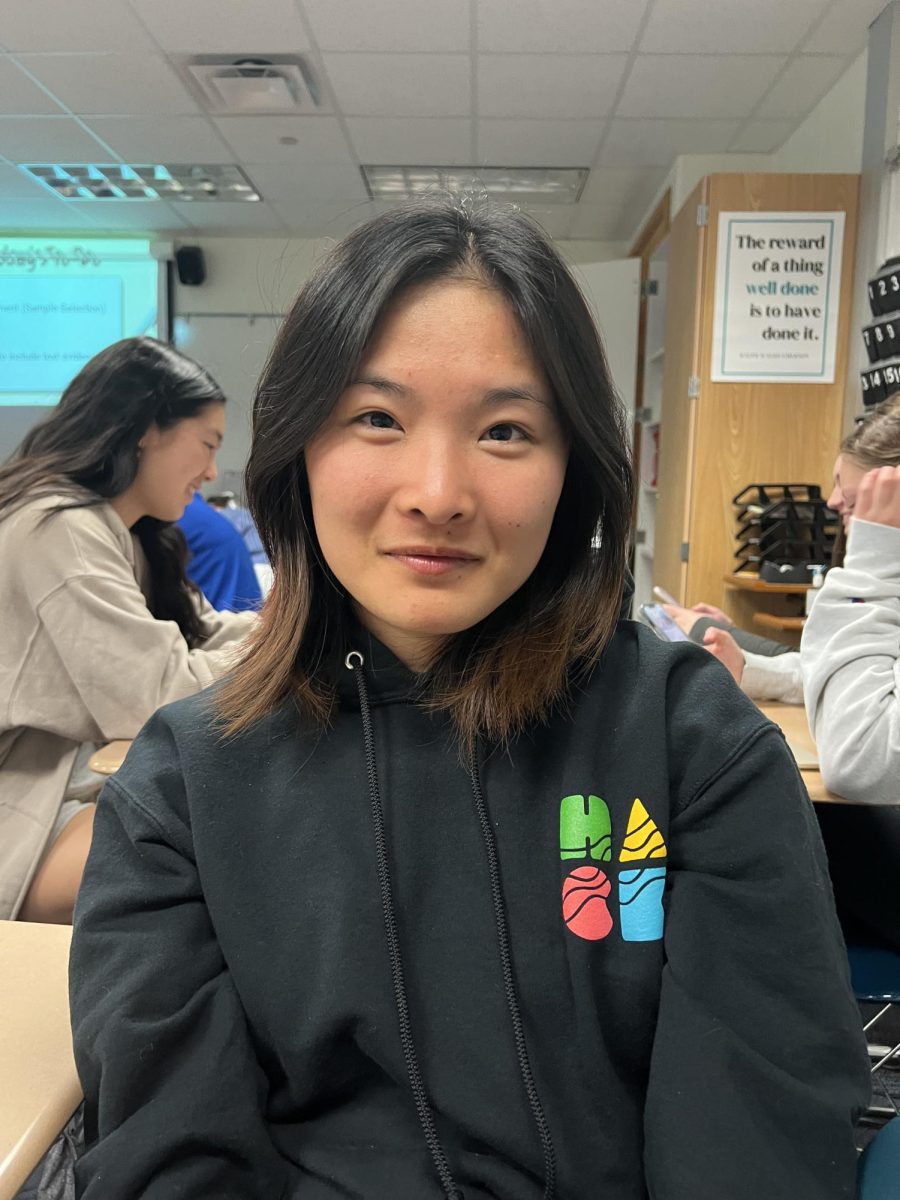By Melinda Song
<[email protected]>
Recently, as this school district looks to scheduling for future years, two buzz words have been tossed around in this debate: year-round schooling.
As students return grudgingly from spring break, imagine watching your little sister experience two weeks, not one, of spring break.
Two weeks of fun in the sun at Cabo San Lucas, sans the rush that accompanies throwing clothes and toiletries into an overstuffed suitcase, leaving school early to catch an afternoon flight or making a dash from the airport to the resort after discovering she’s left behind her iPod.
Of course, having such a relaxing break in the beginning of April requires adding some time back to the end of the school year. While “balanced calendars,” according to the National Association for Year-Round Education (NAYRE), allot for two weeks of fall break and two weeks of spring break, summer break is only four weeks, compared to the Carmel Clay School District’s ten weeks.
A common misconception is that year-round schools, like their name suggests, run straight from August to August without vacation. In reality, most systems offer a shortened version of summer break.
For example, the Metropolitan School District of Pike Township offers two calendar options, traditional and continuous (year-round), for its elementary students and parents. In the continuous system, summer vacation includes the last week of June, the entire month of July and the first week of August.
While some may argue that losing five weeks of summer break negatively impacts those going on vacation or attending summer camps, in reality, most summer vacations and programs do not require ten full weeks.
While having a relaxing break from school is necessary and refreshing, a three-month long summer vacation is actually detrimental to learning. When school reconvenes in August, students have already forgotten much of what they learned the year before. Furthermore, the adjustment period, in which students are forced to get back into an academic mind set, is more prolonged thanks to too much summer fun.
Year-round schooling would minimize this gap.
In addition, because having an oasis from intensive AP, IB and honors classes is mandatory, year-round schooling also benefits students by giving them longer breaks and shorter in-session periods. NAYRE’s “balanced calendar” divides the 180-day school year into four 45-day blocks, with fall, Thanksgiving, winter, spring and summer breaks wedged in between these blocks.
Conversely, NAYRE’s “traditional calendar” features one 70-day block, 15-day block, 55-day block and 40-day block. During the 55-day period between winter break and spring break, students experience the classic “spring fever.” In other words, March, a full month of instruction with no vacation, sees more behavioral issues and lower attendance rates compared to other months of the school year.
As a result, schools across the nation have jump-started incentives that encourage good behavior and high attendance during March. At Creekside Middle School during my eighth grade year, assistant principal Dave Jennings introduced a program called “March Madness” for these exact reasons. Startled by the high number of referrals to the dean’s office and students arriving late, he implemented this initiative to reward good behavior and perfect attendance.
Year-round schooling is the perfect medicine to combat any symptoms of “spring fever,” and more and more public officials have been writing this type of prescription. In a 2010 interview with Matt Lauer, President Obama showed he is a strong proponent of year-round schools.
“I think we should have longer school years,” he said. “We now have our kids go to school about a month less than most other advanced countries. And that month makes a difference. It means that kids are losing a lot of what they learned during the school year during the summer.”
As the global population continues its exponential growth, competition for college admissions spots and career opportunities also increases. The United States, a nation that has already fallen behind internationally in science, mathematics and reading, can not afford to lose any more instructional time in its public schools.
Time is a very special commodity. There are only 6,832,300 minutes from kindergarten to graduation, and we spend 3,463,200 of those minutes at place like Cabo San Lucas, far away from trigonometry and A Tale of Two Cities.
In the words of educator and activist Benjamin Mays, “I have only just a minute, only sixty seconds in it, forced upon me, can’t refuse it, didn’t seek it, didn’t choose it. But, it is up to me to use it. I must suffer if I lose it. Give account if I abuse it, just a tiny little minute—but eternity is in it.”



















































![Review: “Suits” is a perfect blend of legal drama and humor [MUSE]](https://hilite.org/wp-content/uploads/2024/04/unnamed-1.png)
![Chelsea Meng on her Instagram-run bracelet shop [Biz Buzz]](https://hilite.org/wp-content/uploads/2024/04/IMG_2446-1200x838.jpg)
![Review: Quiet on Set: The Dark Side of Kids TV is the long awaited exposé of pedophilia within the children’s entertainment industry [MUSE]](https://hilite.org/wp-content/uploads/2024/04/unnamed.jpg)
![Review: “The Iron Claw” cannot get enough praise [MUSE]](https://hilite.org/wp-content/uploads/2024/04/unnamed.png)
![Review: “The Bear” sets an unbelievably high bar for future comedy shows [MUSE]](https://hilite.org/wp-content/uploads/2024/03/unnamed.png)
![Review in Print: Maripaz Villar brings a delightfully unique style to the world of WEBTOON [MUSE]](https://hilite.org/wp-content/uploads/2023/12/maripazcover-1200x960.jpg)
![Review: “The Sword of Kaigen” is a masterpiece [MUSE]](https://hilite.org/wp-content/uploads/2023/11/Screenshot-2023-11-26-201051.png)
![Review: Gateron Oil Kings, great linear switches, okay price [MUSE]](https://hilite.org/wp-content/uploads/2023/11/Screenshot-2023-11-26-200553.png)
![Review: “A Haunting in Venice” is a significant improvement from other Agatha Christie adaptations [MUSE]](https://hilite.org/wp-content/uploads/2023/11/e7ee2938a6d422669771bce6d8088521.jpg)
![Review: A Thanksgiving story from elementary school, still just as interesting [MUSE]](https://hilite.org/wp-content/uploads/2023/11/Screenshot-2023-11-26-195514-987x1200.png)
![Review: When I Fly Towards You, cute, uplifting youth drama [MUSE]](https://hilite.org/wp-content/uploads/2023/09/When-I-Fly-Towards-You-Chinese-drama.png)
![Postcards from Muse: Hawaii Travel Diary [MUSE]](https://hilite.org/wp-content/uploads/2023/09/My-project-1-1200x1200.jpg)
![Review: Ladybug & Cat Noir: The Movie, departure from original show [MUSE]](https://hilite.org/wp-content/uploads/2023/09/Ladybug__Cat_Noir_-_The_Movie_poster.jpg)
![Review in Print: Hidden Love is the cute, uplifting drama everyone needs [MUSE]](https://hilite.org/wp-content/uploads/2023/09/hiddenlovecover-e1693597208225-1030x1200.png)
![Review in Print: Heartstopper is the heartwarming queer romance we all need [MUSE]](https://hilite.org/wp-content/uploads/2023/08/museheartstoppercover-1200x654.png)























![Review: Ladybug & Cat Noir: The Movie, departure from original show [MUSE]](https://hilite.org/wp-content/uploads/2023/09/Ladybug__Cat_Noir_-_The_Movie_poster-221x300.jpg)

![Review: Next in Fashion season two survives changes, becomes a valuable pop culture artifact [MUSE]](https://hilite.org/wp-content/uploads/2023/03/Screen-Shot-2023-03-09-at-11.05.05-AM-300x214.png)
![Review: Is The Stormlight Archive worth it? [MUSE]](https://hilite.org/wp-content/uploads/2023/10/unnamed-1-184x300.png)

